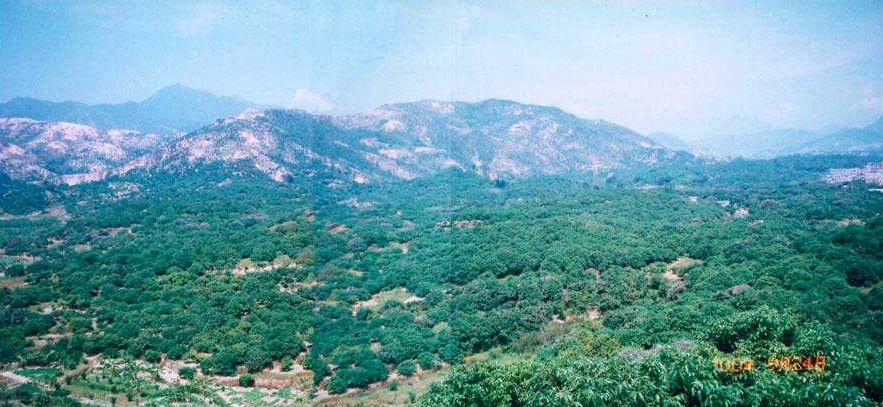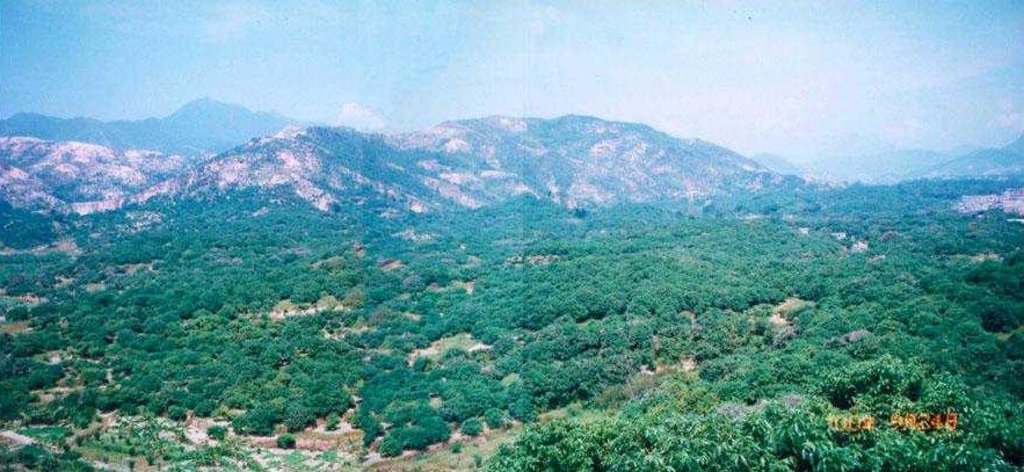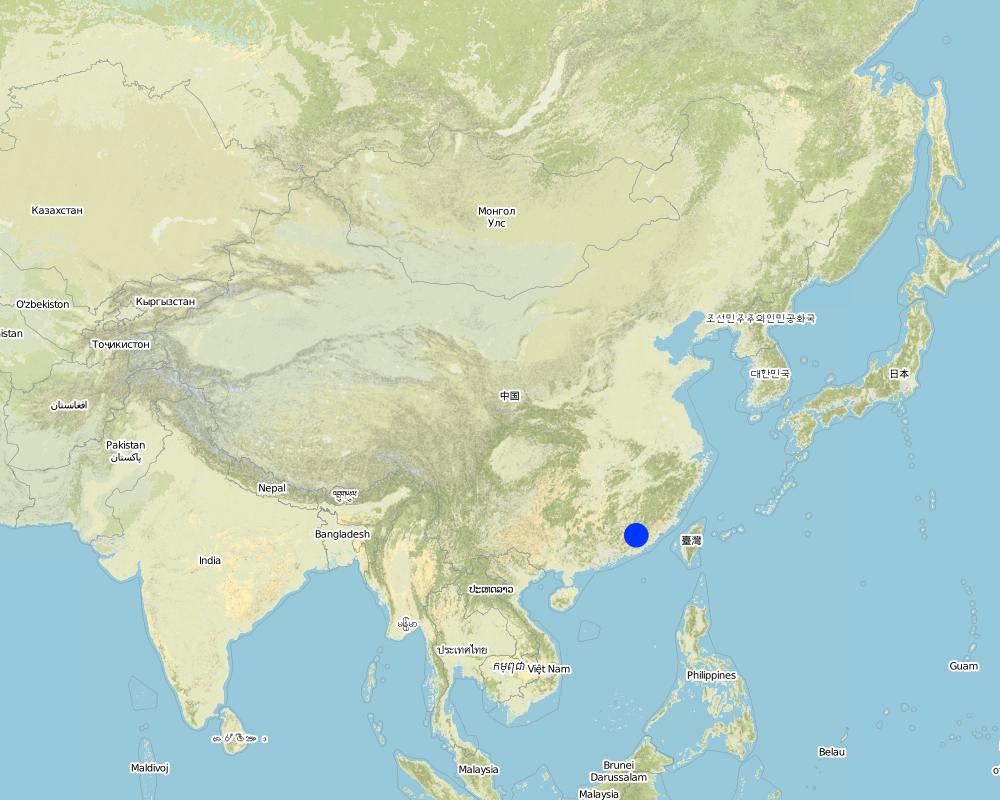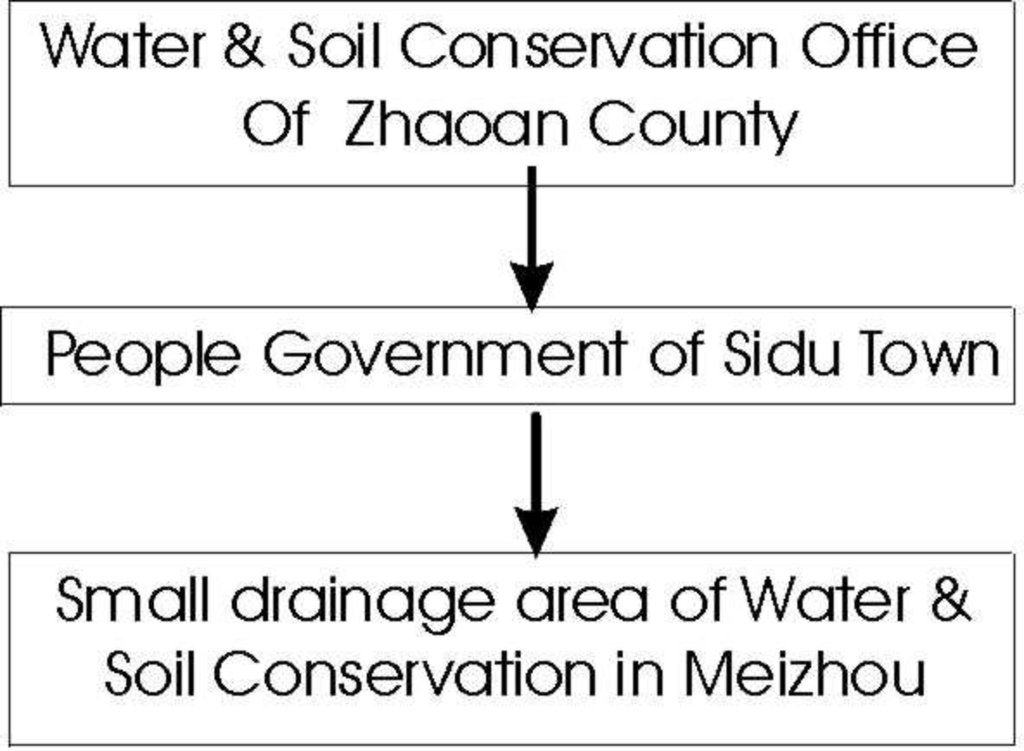Interplanting fruit trees of Longan, Peach, Plum etc. [China]
- Creation:
- Update:
- Compiler: zhangsheng LIU
- Editor: –
- Reviewer: Laura Ebneter
approaches_2407 - China
View sections
Expand all Collapse all1. General information
1.2 Contact details of resource persons and institutions involved in the assessment and documentation of the Approach
SLM specialist:
Zhang Degong
86-596-3322474
Water & Soil Conservation Office of Zhaoan County
408# Office Building of Zhaoan County Government, Fujian 363500
China
Name of the institution(s) which facilitated the documentation/ evaluation of the Approach (if relevant)
Water & Soil Conservation Office of Zhaoan County (Water & Soil Conservation Office of Zhaoan County) - China1.3 Conditions regarding the use of data documented through WOCAT
The compiler and key resource person(s) accept the conditions regarding the use of data documented through WOCAT:
Yes
1.4 Reference(s) to Questionnaire(s) on SLM Technologies
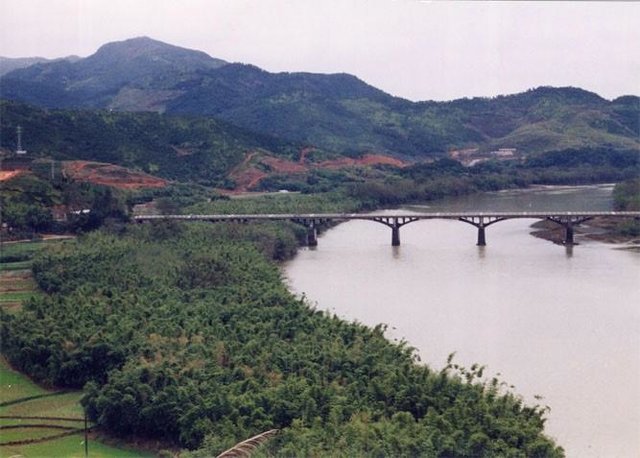
Comprehensive Development & Management of a Small Watershed [China]
The comprehensive measures including interplanting & intercropping are applied in the small watershed to control soil and water loss and improve integrated production.
- Compiler: Unknown User
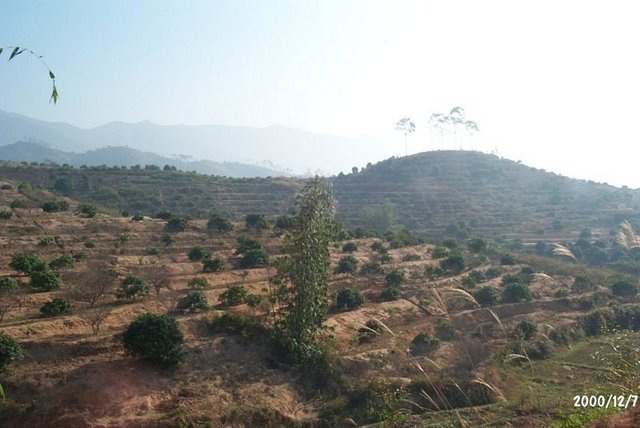
Longan, Plum interplanting [China]
Interplanting plum, peach in the Longan orchard to conserve soil and water and improve soil fertility.
- Compiler: zhangsheng LIU
2. Description of the SLM Approach
2.1 Short description of the Approach
Interplanting plum, peach and other fruit trees in longan orchard on level terraces in order to prevent soil and water loss and improve production of the fruit trees.
2.2 Detailed description of the Approach
Detailed description of the Approach:
The objectives of the approach is to interplant fruit trees in orchard so as to prevent water loss and soil erosion. The specific targets are to build the slope land in the hilly and mountain areas into terraces and plant trees in order to improve surface vegetation cover rate and reduce water and soil loss; to harvest surplus rainfall in the raining season and irrigate the fruit trees in dry seasons. To implement the project, local government gave financial support and SWC specialists gave technologically guide to local land users.
2.3 Photos of the Approach
2.5 Country/ region/ locations where the Approach has been applied
Country:
China
Region/ State/ Province:
Fujian
Map
×2.6 Dates of initiation and termination of the Approach
Indicate year of initiation:
1984
2.7 Type of Approach
- project/ programme based
2.8 Main aims/ objectives of the Approach
The main aims are to lead the land users to develop waste mountain areas and plant fruit trees in order to add farmers' income. The SLM Approach addressed the following problems: To strengthen the management in the area of serious water loss and soil erosion, consummate the SWC measures and mobilize enthusiasm of the land users in SWC.
2.9 Conditions enabling or hindering implementation of the Technology/ Technologies applied under the Approach
availability/ access to financial resources and services
- hindering
lack of capital causing the farmers' unwillingness to invest much.
Treatment through the SLM Approach: Raising fund from variable channels and government constructing infrastructure beforehand.
legal framework (land tenure, land and water use rights)
- enabling
The existing land ownership, land use rights / water rights greatly helped the approach implementation: Separation between ownership and usufruct of land, to great extent, enhances the land users' enthusiasm of SWC investment.
knowledge about SLM, access to technical support
- hindering
Lack of specific technicians, practical experience is not enough.
Treatment through the SLM Approach: Traning specific technicians, propagandizing the techniques.
3. Participation and roles of stakeholders involved
3.1 Stakeholders involved in the Approach and their roles
- local land users/ local communities
Working land users were work equally divided between men and women (The manner of community is in favor of investment in water & soil conservation as well as save the total cost.)
- SLM specialists/ agricultural advisers
- national government (planners, decision-makers)
water & soil conservation departments
- National specialists
3.2 Involvement of local land users/ local communities in the different phases of the Approach
| Involvement of local land users/ local communities | Specify who was involved and describe activities | |
|---|---|---|
| initiation/ motivation | external support | Public meetings; Convening the public meeting for the delegates and cadres in the village committees. |
| planning | interactive | Public meetings; Consulting the concrete imbursement of the measures from governments and dividing the lands to plant. |
| implementation | self-mobilization | Responsibility for major steps; Taking a lot of time to level off lands, build and repair terraces as well as improve soil fertility. |
| monitoring/ evaluation | interactive | Mainly: Reporting; partly: Interviews/questionnaires; Land users report the results for higher-up administrative sections and exchange experience as well as popularize good method. |
| Research | interactive | on-station; Mainly investigating the effects of the SWC, studying good methods from others. |
3.3 Flow chart (if available)
3.4 Decision-making on the selection of SLM Technology/ Technologies
Explain:
According to the mass's request of developing market economy, which also can enhance the water & soil conservation.
Decisions on the method of implementing the SLM Technology were made by mainly by land users supported by SLM specialists. The administration sections popularize the technique by establishing small trial and demonstration areas.
4. Technical support, capacity building, and knowledge management
4.1 Capacity building/ training
Was training provided to land users/ other stakeholders?
Yes
Specify who was trained:
- land users
- Extensionists/trainers (2), SWC specialists (1)
Form of training:
- demonstration areas
- courses
Form of training:
- Farm visits
Subjects covered:
How to fertilize and manage fruit trees.
4.2 Advisory service
Do land users have access to an advisory service?
Yes
Specify whether advisory service is provided:
- on land users' fields
Describe/ comments:
Name of method used for advisory service: Interplanting in orchard; Key elements: interplanting, fruit trees, management; 1) Extension staff: Mainly government employees 2) Target groups for extension: Land users; Activities: Carrying out technic training
Advisory service is quite adequate to ensure the continuation of land conservation activities; Mainly inducting the land users to plantation according to market needs so as to maintain the development of agricultural economy. Some aspects have to be improved.
4.3 Institution strengthening (organizational development)
Have institutions been established or strengthened through the Approach?
- yes, greatly
Specify the level(s) at which institutions have been strengthened or established:
- local
Specify type of support:
- capacity building/ training
- equipment
4.4 Monitoring and evaluation
Is monitoring and evaluation part of the Approach?
Yes
Comments:
bio-physical aspects were ad hoc monitored through measurements
technical aspects were regular monitored through measurements
socio-cultural aspects were ad hoc monitored through observations
economic / production aspects were ad hoc monitored through measurements
area treated aspects were regular monitored through measurements
land users involved aspects were ad hoc monitored through observations
management of Approach aspects were regular monitored through observations
There were few changes in the Approach as a result of monitoring and evaluation: From the observation and evaluation, the shortcoming could be found and remedied.
4.5 Research
Was research part of the Approach?
Yes
Specify topics:
- ecology
Give further details and indicate who did the research:
Research was carried out on-farm
5. Financing and external material support
5.1 Annual budget for the SLM component of the Approach
If precise annual budget is not known, indicate range:
- 10,000-100,000
Comments (e.g. main sources of funding/ major donors):
Approach costs were met by the following donors: government (national - state): 80.0%; other (land users): 20.0%
5.2 Financial/ material support provided to land users
Did land users receive financial/ material support for implementing the Technology/ Technologies?
Yes
5.3 Subsidies for specific inputs (including labour)
- equipment
| Specify which inputs were subsidised | To which extent | Specify subsidies |
|---|---|---|
| tools | partly financed | hand tools |
- agricultural
| Specify which inputs were subsidised | To which extent | Specify subsidies |
|---|---|---|
| seeds | fully financed | seedlings |
| fertilizers | fully financed | |
| Biocides | fully financed | |
- infrastructure
| Specify which inputs were subsidised | To which extent | Specify subsidies |
|---|---|---|
| community infrastructure | free of charge | |
If labour by land users was a substantial input, was it:
- voluntary
Comments:
Main input in labor, paid in cash.
5.4 Credit
Was credit provided under the Approach for SLM activities?
Yes
Specify conditions (interest rate, payback, etc.):
Interest rate charged: 0.74%, Interest was lower than market rate.
Specify credit receivers:
The rich easily obtain credit.
6. Impact analysis and concluding statements
6.1 Impacts of the Approach
Did the Approach help land users to implement and maintain SLM Technologies?
- No
- Yes, little
- Yes, moderately
- Yes, greatly
Changing the land use pattern and obtain higher benefits from the SWC input.
Did the Approach improve issues of land tenure/ user rights that hindered implementation of SLM Technologies?
- No
- Yes, little
- Yes, moderately
- Yes, greatly
By the project implementation of national or local government, some subsidies can make up for the obstacle. The problem is likely to be overcome in the near future. Along with the land users' recognizant enhance of SWC, the conflict between land ownership and use right could be minimized.
Did other land users / projects adopt the Approach?
- No
- Yes, little
- Yes, moderately
- Yes, greatly
Development of the woodland also adopts the approach of water & soil conservation.
6.3 Sustainability of Approach activities
Can the land users sustain what has been implemented through the Approach (without external support)?
- yes
6.4 Strengths/ advantages of the Approach
| Strengths/ advantages/ opportunities in the land user’s view |
|---|
| Increasing fruit tree yield and income (How to sustain/ enhance this strength: Collecting information and planting the species that market need.) |
| Strengths/ advantages/ opportunities in the compiler’s or other key resource person’s view |
|---|
| Increasing farmers' income and improving the locals living standard. (How to sustain/ enhance this strength: Enlarging planting areas.) |
| Developing the waste mountain and hilly areas and recovering environment. (How to sustain/ enhance this strength: Scientifically planning and implementing.) |
| Enhance of land users' SWC consciousness. (How to sustain/ enhance this strength: Training and demonstration.) |
6.5 Weaknesses/ disadvantages of the Approach and ways of overcoming them
| Weaknesses/ disadvantages/ risks in the compiler’s or other key resource person’s view | How can they be overcome? |
|---|---|
| Much more input at the beginning. | Subsidy. |
7. References and links
7.1 Methods/ sources of information
- field visits, field surveys
- interviews with land users
Links and modules
Expand all Collapse allLinks

Comprehensive Development & Management of a Small Watershed [China]
The comprehensive measures including interplanting & intercropping are applied in the small watershed to control soil and water loss and improve integrated production.
- Compiler: Unknown User

Longan, Plum interplanting [China]
Interplanting plum, peach in the Longan orchard to conserve soil and water and improve soil fertility.
- Compiler: zhangsheng LIU
Modules
No modules


